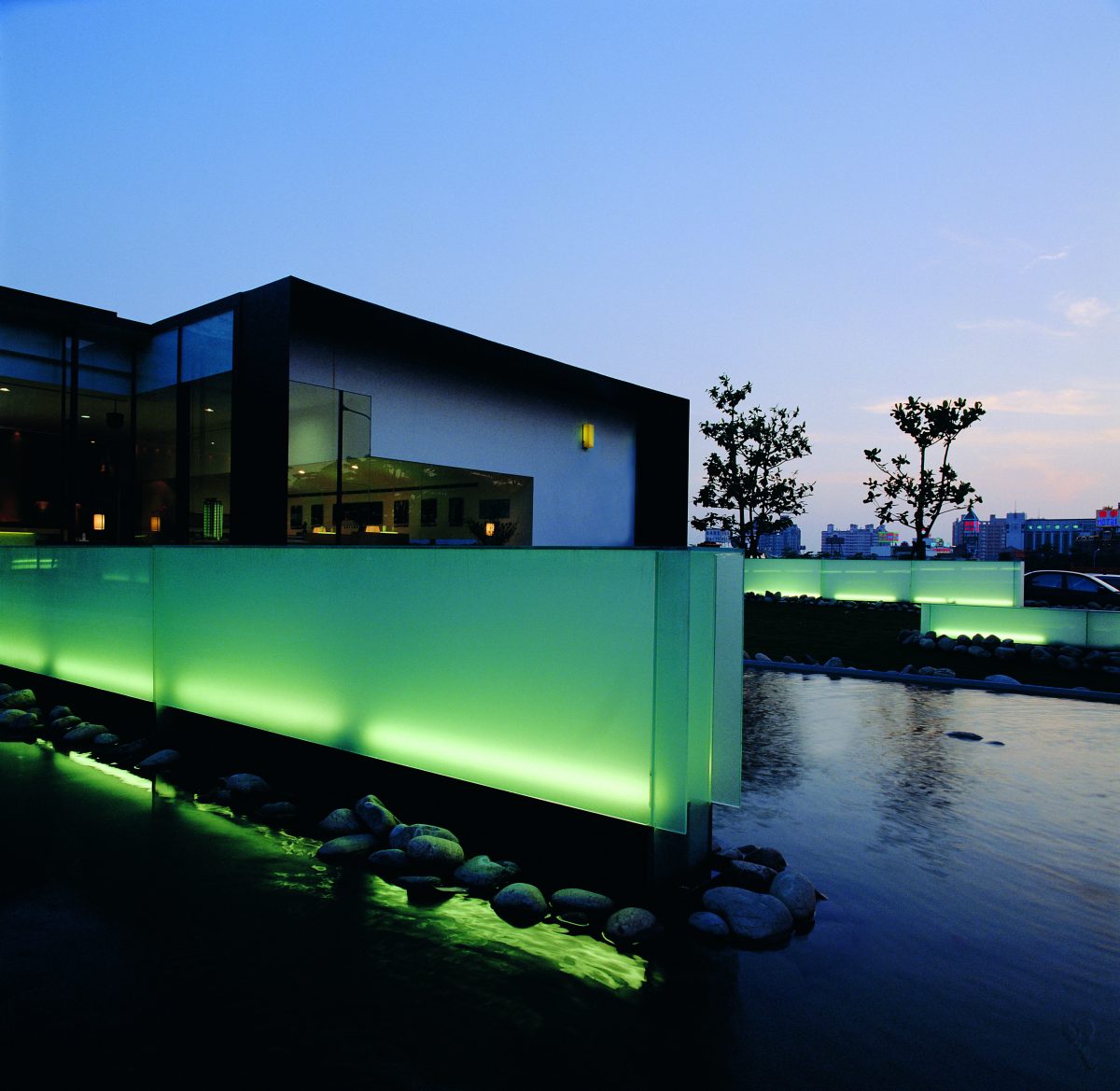Low-E glass is a kind of glazing glass that contains a clear, tiny coating that increases the thermal effectiveness of your windows. Today, we’ll look at the benefits of low-E glass so that you can make an informed decision about your forthcoming glazing purchase.
What Is Low-E Glass?
It is estimated that around 10% to 50% of a particular home’s energy loss happens via its doors and windows, with 90% of the energy dissipated from the glass itself.
Low-E glass gets into play here. Low E glass is clear glass with a tiny, opaque coating on its outermost layer that is more effective at deflecting heat than the material itself, resulting in a composition with less emissivity than conventional glass. As a result, glass with a low E coating keeps your house warmer by reflecting a greater proportion of the warmth back into the house, and it may also keep your house cool by reflecting the heat from outside.
Advantages Of Low-E Glass:
Insulating Power
Low E glass’s first major benefit is its superior insulating power to your windows. Because of its low-emissivity coating,low E glass has better insulating capabilities than ordinary uncoated glass, keeping your home’s occupants warmer throughout the severe winters.
If you have troublesome family members who fiddle with the room heater regularly, low E glass may be your best option. With your home slightly warmer from December to March, household thermostat offenses may be at a record low.
Impressive Solar Gain Statistics
An IGU has to include the location of a soft-coat low E surface layer. So, if you look at the double-glazed glass from the outside, its outer and very inner surfaces are not accessible, providing you with a pair of sealed interior surfaces onto which a low E layer can be placed. In most cases, the surface is the inner surface of the window’s inner pane.
Placing the coating there provide some optical benefits while allowing the IGU to have reduced solar gain numbers. Thermal power from sunlight is reflected away from the home like low E glass returns heat into your home.
A low E film combined with a tint can be referred to as “solar glass,” it can have a solar heat gain factor (g-value) as low as 0.14, indicating that 86% of the energy from the sun is reflected away from your house. As a result, another significant benefit of low E glass is the creation of a cool, comfortable interior summer climate.
UV Protection
Low E glass, like thermal glass, may reflect most UV light, preventing it from penetrating your home. This not only safeguards the people in your household but also your furniture because UV light tends to oxidize the fibers of carpets and appliances, leading them to shed their color.
Energy Efficiency
Low E glass is far more efficient and works better than ordinary double glazing, which could save you some costs on your cooling bills. This decrease in cooling expenditures corresponds to a decrease in total energy usage, lowering your carbon footprint.
User Friendliness
As previously said, soft-coat low E glass has its low-emissivity layer on a surface sealed within the unit. It is unlikely to be scratched or damaged and will likely keep most of its sun-reflecting, insulating, and UV-protective properties for many years.
Low E glass does not exclude adopting additional helpful features such as greater security, noise reduction, or easy-cleaning technology.
Conclusion:
Considering the importance of environmental initiatives, “choose and low-E glass” windows as an excellent alternative to standard windows. You will receive all the advantages listed above when you install it. With its distinctive products, AIS Glass has provided such green glass solutions.
AIS Glass has been a unified glass manufacturing market leader for over thirty years. We offer exceptional glass solutions from design to installation and can handle any processing you require. Our high-performance glass solutions come in a wide selection of styles that fit your architectural designs and security needs.







